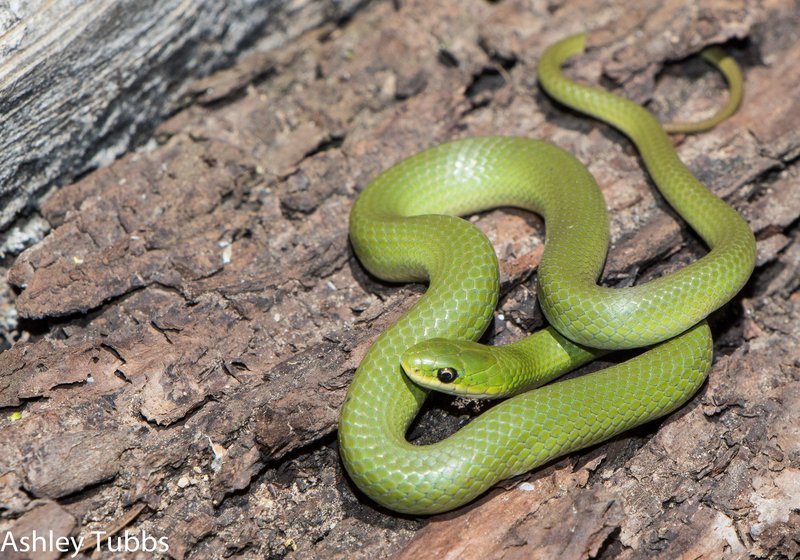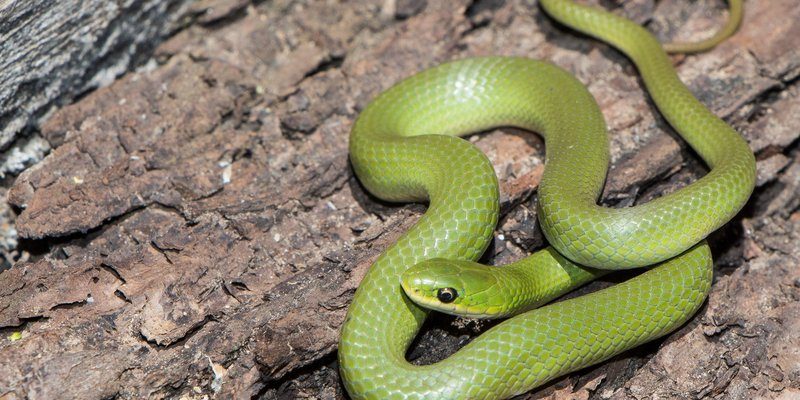
Let’s dive into the diverse environments where these legless reptiles thrive. Understanding where snakes are found around the world not only feeds our curiosity but also helps us appreciate biodiversity. So, grab your imagination, and let’s explore the habitats of these incredible creatures!
Tropical Rainforests: A Paradise for Snakes
Tropical rainforests are like a buffet for snakes—there’s a feast of food and plenty of places to hide. These lush environments, which include the Amazon Basin and the Congo Rainforest, host a variety of snake species. The humid air and dense foliage provide perfect conditions for creeping and climbing.
You might be wondering why rainforests are so appealing to snakes. Well, the rich biodiversity means abundant prey, like rodents and amphibians. Snakes, such as the green tree boa and the Brazilian rainbow boa, showcase vibrant colors, blending beautifully with their surroundings. In these forests, snakes not only hunt but also play a vital role in controlling populations of other animals.
However, life in the rainforest isn’t without its challenges. Flooding and deforestation threaten these habitats. As we continue exploring, let’s move from the humid canopy down to the dry, sun-soaked deserts.
Deserts: Harsh but Homey for Certain Snakes
Deserts might seem like an unlikely home for snakes, but many species have adapted to thrive in these harsh environments. Picture the Sahara or the Mojave Desert, where the sun blazes and water is scarce. Here, snakes like the sidewinder rattlesnake and the horned viper have developed unique survival skills.
In the desert, these snakes often have lighter colors that reflect sunlight, helping them stay cool. They are masters of camouflage, blending into sandy landscapes to avoid predators and surprise their prey. Often, snakes in these areas are more active during the cooler parts of the day, like early mornings and late evenings, to dodge the intense heat.
The absence of water means these snakes are uniquely adapted. Some can go weeks or even months without drinking, getting their moisture from their prey. But with climate change threatening their environment, the delicate balance in these arid ecosystems is more crucial than ever.
Grasslands and Savannas: Open Spaces for Movement
Grasslands and savannas are wide-open spaces, providing a different kind of habitat for snakes. These areas are often filled with tall grasses and scattered shrubs—think of the African savanna or the prairies of North America. Here, snakes like the Eastern garter and the African rock python roam freely, using the cover of grass to stalk their prey.
In these regions, snakes are often opportunistic hunters, preying on small mammals and birds. The open landscape gives them space to ambush their targets. Many species found in grasslands, like the rattlesnake, are known for their unique markings, which help them blend into the environment.
However, these habitats are threatened by human activities such as farming and urban development. As grasslands shrink, so do the homes of these snakes, making conservation efforts crucial.
Coastal Areas and Oceans: A Diverse Aquatic World
Snakes don’t only live on land; some choose to call the water home. Coastal areas, estuaries, and even oceans are home to fascinating species like the sea snake. These reptiles have adapted to life in water, with flattened bodies and paddle-like tails that enable them to swim gracefully.
Sea snakes are often found in tropical waters, where they hunt fish and eels. Their unique adaptations allow them to live underwater, with some species possessing the ability to hold their breath for hours. It’s quite surprising to think of snakes as swimmers, but in their aquatic environments, they’re just as skilled as any fish!
The ecosystems around coral reefs and mangroves are not only beautiful; they also play a critical role in maintaining marine biodiversity. However, pollution and climate change threaten these habitats, making it essential to protect these environments for our slithery friends.
Temperate Forests: A Home for Many Species
In temperate forests, snakes enjoy a mild climate with four distinct seasons. These woods, found in places like the eastern United States and parts of Europe, are home to species such as the black rat snake and the eastern hognose. The seasonal changes mean food sources fluctuate—this keeps the snake population diverse and dynamic.
These snakes often use their environments creatively. For example, during fall, they might conceal themselves under fallen leaves or logs, waiting for small mammals to come by. As winter approaches, some species hibernate, curling up in cozy spots to escape the cold.
Human development threatens these forests, leading to habitat loss and fragmentation. By understanding where snakes are found in temperate regions, we can advocate for their preservation and the ecosystems they inhabit.
Urban Areas: Snakes in Unexpected Places
Believe it or not, snakes can even be found in urban areas! Cities and towns may not seem like a natural habitat, but many snakes have learned to adapt. Common species, like garter snakes and rat snakes, often thrive in gardens, parks, and green spaces.
Their presence in urban settings often surprises people, but these snakes are usually harmless and play a vital role in controlling pests. They help keep populations of rodents and insects in check, contributing to a balanced urban ecosystem.
However, city life poses a unique set of challenges. Pollution, habitat destruction, and road traffic can be harmful to these creatures. By creating wildlife-friendly spaces, like community gardens, we can help snakes find safe havens even in bustling urban environments.
Understanding the Global Distribution of Snakes
Now that we’ve jumped from tropical rainforests to urban jungles, it’s time to appreciate the diversity of snakes around the world. Each species has found its niche, adapted to different environments, and plays a role in maintaining ecological balance. Whether in a vibrant rainforest or a busy city, understanding where snakes are found can lead to better conservation efforts.
It’s essential to remember that snakes are often misunderstood. Learning about their habitats and the challenges they face can help foster appreciation and respect for these unique creatures.
In conclusion, snakes are found in every corner of the globe, each adapting to their own special environment. From the lush jungles to arid deserts and bustling cities, these fascinating creatures remind us of the diversity of life on our planet. Let’s work together to keep their habitats safe and thriving for generations to come!

